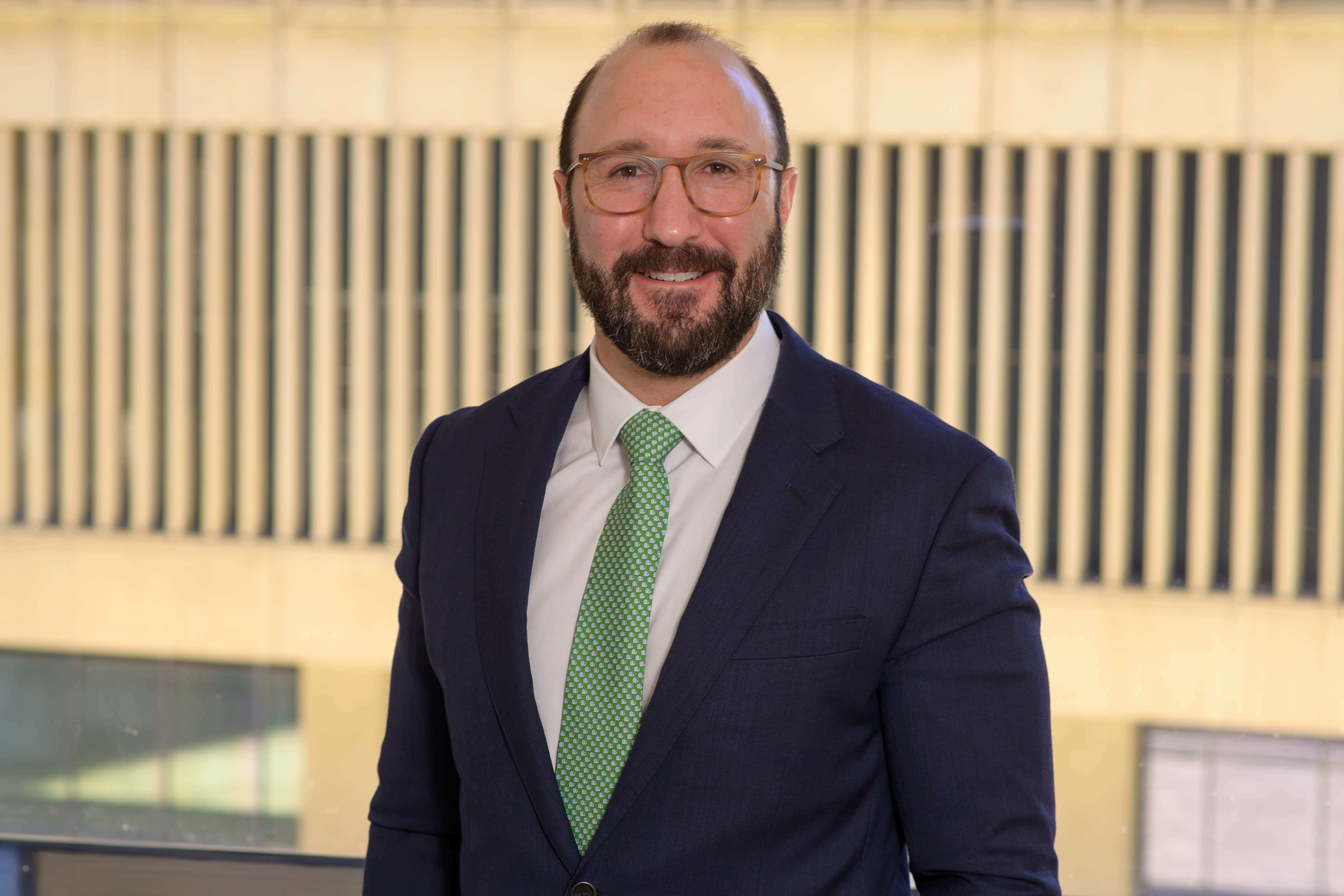P3 Lawyers take cues from the international market when facing complex US infrastructure contracts
-
Market Insight 2017年10月3日 2017年10月3日
-
北美洲
-
保险和再保险
The U.S. Department of Transportation’s Federal Transit Administration has taken steps indicating the public-private partnership market will heat up. The developing domestic P3 market offers some lessons learned, and the more mature international P3 market gives some excellent clues on how to successfully maximize participation and minimize client liability exposures.
The “stages” of a public-private partnership for a contractor will vary depending on the form of the initiative, and each P3 offering will inevitably have unique challenges and risks. However, central to all P3 initiatives are the contractual agreements put in place between the parties, which in turn define each party’s role in the project. Importantly, these contractual agreements define the apportionment of risk between the parties and, in theory, clearly set forth their expected requirements, responsibilities and liabilities. For the purposes of this article, we address the typical and most comprehensive P3 initiative, the design-build-finance-maintain- operate (DBFMO) model, and focus on the three core “stages” that define the contractor’s responsibilities and liabilities/ risks: (1) design, (2) build and (3) maintain/operate. (It also should be noted that there are many other variations of the P3 model—e.g., buy-build-operate, lease-own-operate, build-operate-transfer, build-own-operate-transfer.)
To continue reading, please see the article here.
结束
